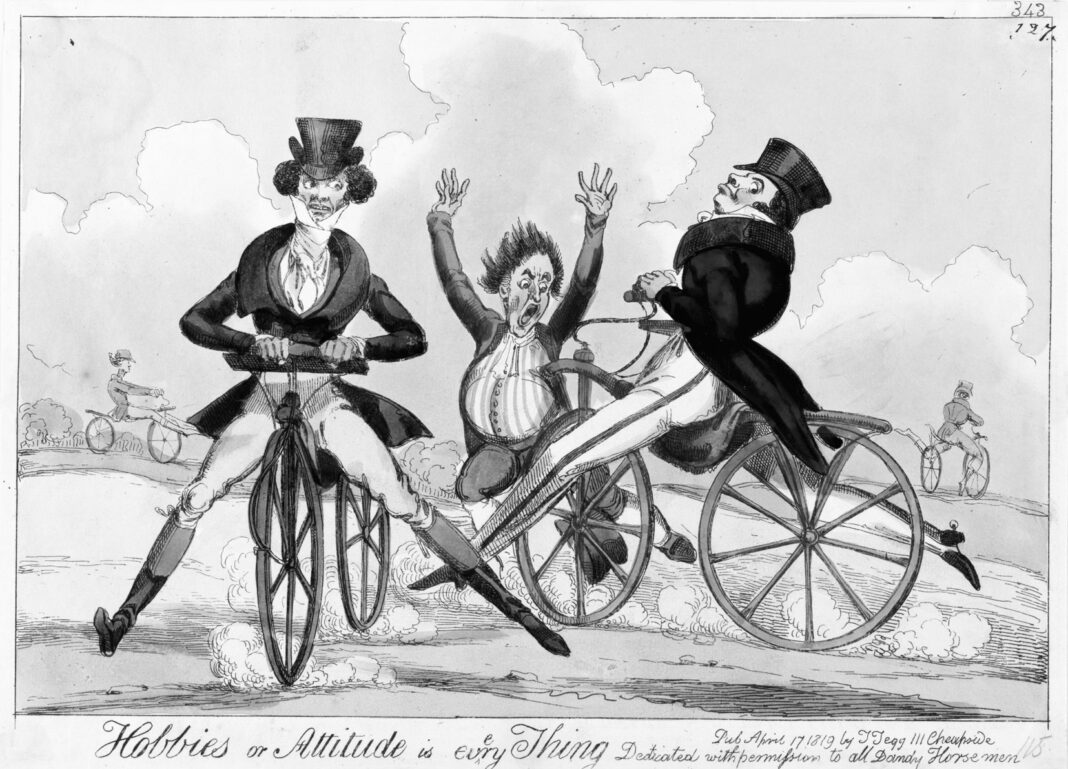May is the month of patents; from ice machines to Tesla’s cool tech things – everything got a patent. It is the month when we got our infamous condensed milk too – the sweet syrup on our traditional Gola Ganda. We have compiled a list of ten main events that happened this month in the past.
May 1, 1888
Nikola Tesla is the name we all know for his interest in electricity and his capability to make it free for everyone. Yet this was not achieved, but do you know that the coolest guy got patent #308,280 from the U.S, the electrical transmission of power, which was titled as “Electromagnetic Motor.”
It had a comprehensive polyphase alternating current (AC) system. The system was far better than the system Thomas Edison had made. Tesla’s design relied on rotating magnetic fields, which he could use because of his prior induction motor patents for electricity transmission at high voltages.
Tesla’s system worked as the foundation stone for the development of modern AC power grids, which were then used in the Niagara Falls hydropower project. The project was responsible for power transmission in Buffalo. Our current electricity transmission system is based on Tesla’s principles.
May 6, 1851
We all love icy slushes and juices, but do you the machine in which your juice’s ice is made was the by-product of the effort of multiple inventors and thinkers. One of them was John Gorrie, a physician. He received the US patent #8,080 for the machine that laid the foundation for modern air conditioners and refrigerators.
Gorrie built a machine to treat yellow fever and malaria patients in Florida. His machine used to collect compressed air, which was expanded by absorbing heat, leading it to become ice. Although his system faced financial failures because of a lack of investments, it revolutionized food preservation and climate control mechanisms, and the current systems are still based on his principles.
May 10, 1752
We often associate Benjamin Franklin with the US, but the renowned politician was also a scientist who invented the odometer, iron furnace stove, bifocal glasses, and lightning rod.
On this day, Franklin tested his lightning rod, aiming to save buildings from lightning strikes. He passed a hypothetical statement that a metal rod can streamline the path to move away the electrical charge from the building structures. His theory was later confirmed when he conducted the kite experiment in 1752.
Initially installed on a building in Philadelphia in 1753, Franklin’s invention laid the foundation for the modern lightning protection system.
May 14, 1853
On this day, Borden got US Patent #9,937 to concentrate the milk. To make condensed milk, he heated the milk in a vacuum to remove water; afterward, he added sugar as a preservative to make it shelf-stable. His invention aimed to solve the issue of unsafe milk so that a durable edible item would be supplied for military rations and urban populations.
Borden opened two factories of condensed milk, but they failed; his third factory worked, in which he sold the product under the name of Eagle Brand.
Although Borden’s invention was not as heroic as Tesla’s, it gave direction to our food industry, specifically food preservation.
May 15, 1859
Marie Curie is an inspiration to many male and female working and aspiring scientists. She shared one of the Nobel Prizes with her husband, Pierre Curie, a renowned physicist.
This French physicist was born on 15th March. He was a pioneer in magnetism, radioactivity, crystallography, and piezoelectricity. For his work on the discovery of radium and polonium, he received the Nobel Prize in 1903, which he shared with his infamous wife, Henri Becquerel. Pierre Curie was the first man to receive the Nobel Prize as a married couple. His family continued the legacy with his daughter winning the same prize.
May 17, 1940
The graphical user interface is the core of gaming, but this GUI is the product of the efforts of Alan Kay, a computer scientist. He was born on 17 May in a modest family.
Kay was the reason why we had object-oriented programming and personal computers. He worked at Xerox PARC (Palo Alto Research Center) in the 1970s, where he built a prototype for today’s laptops called Dynabook. Alan Kay’s Smalltalk, the earliest version of an object-oriented programming language, inspired Microsoft Windows and Apple’s Macintosh. It has evolved software design globally.
May 20, 1830
How many of you have used ink or a fountain pen in schools during secondary classes?
Well, that fountain pen hides a history of its makers; one of them was D.Hyde; he got a US patent # 6,163 to develop a practical fountain pen that would replace dip pens and quills. His ink pen had a reservoir of ink inside that used capillary action to push the ink to the nib for writing purposes. It was a self-feeding pen because a person did not have to feed ink to the nib; the pen would feed the ink itself. Although his pen was not the first self-feeding pen, it played a significant role in inventing a pen that would be produced massively in the late 19th century.

May 20, 1851
Our granddads and white-haired aunties tell us about their childhood memories with the gramophone, but do they know about its maker?
Well, their gramophone was the invention of Emile Berliner. He was a German-American inventor who was born on 20 May. Burner got the US patent for his audio device in 1887. It was the first device to play flat by rotating discs. He used lateral-cut discs because they were affordable and could be stored easily. Burner’s gramophone revolutionized the modern music industry.
May 22, 1819
The bicycle that we and our siblings ride was first introduced in New York; it was known as “swift walker” (or Draisienne) – the earliest human-powered wheeled transport. Unlike today’s bicycle, the swiftwalker had no pedals, due to which riders had to push their feet against the ground to move it. Swiftwalker was inspired by the invention of Karl Drais in 1817.
May 29, 1826
Has your US-based auntie told you about pre-cut clothes and sewing patterns? If yes, then you must know its inventor, Ebenezer Butterick!
Ebenezer Butterick invented tissue-paper-made sewing patterns with the help of his wife, Ellen. The two noticed the lack of clothing templates, which led them to come up with an idea that made life easier for home sewers. The couple started with children’s garments and revolutionized the fashion industry in the 19th century.
More from the Author: Adult Fruit Fly Brain Mapped: A Giant Leap to Understand the Human Brain?

Aqsa Abdul Qadir is a Karachi-based writer who strives to capture the lives of commoners in South Asian culture through her fictional stories. She studied Mass communication to fuse her passion for writing. Currently, she is working on her debut novel. Aqsa wrote her first book in 2023, Wealth In The Treehouse.

